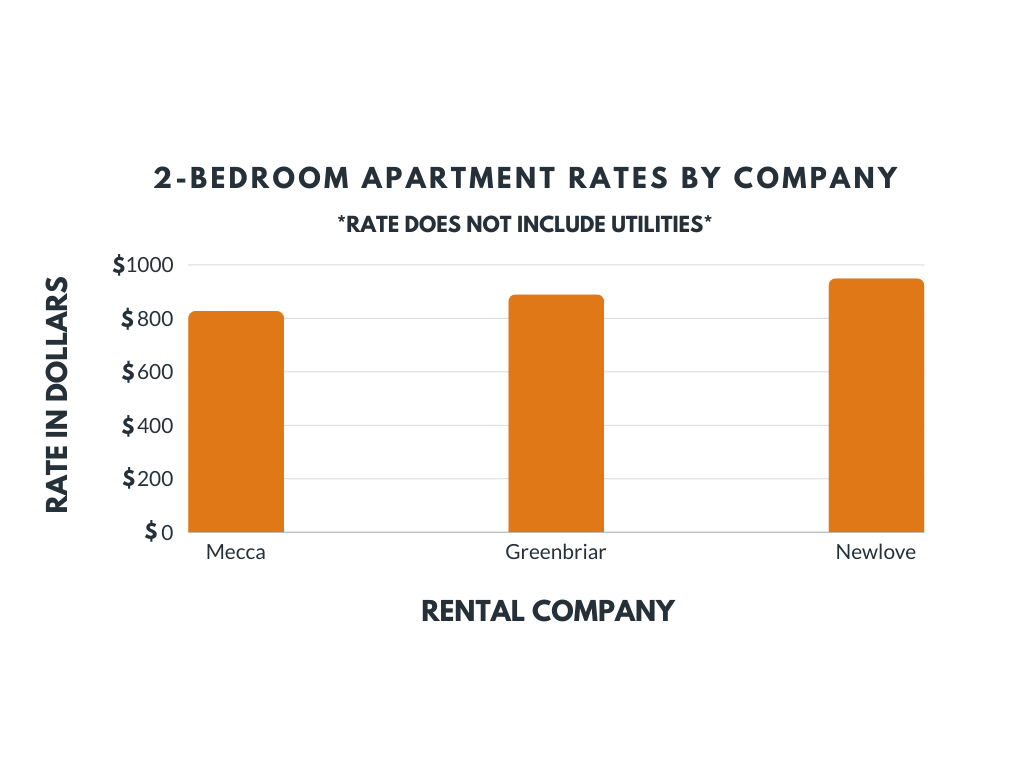The stimulus-mandated increase in Pell grant dollars from a maximum of $4,731 to $5,550 per student every academic year by 2010, an increase of more than $800, is not guaranteed to Minnesota students, state education leaders said. In Minnesota, the federal Pell grant, which is awarded to low-income students based on need, is linked to state grants, so when more money comes into the state via Pell grants, the Legislature has historically reduced the state grants. For instance, a year after Pell grant funds increased by almost $55 million in 2003, the state grant decreased by about $18 million and almost 3,000 fewer students received state aid, according to a Minnesota Office of Higher Education document. ‘If [students] are getting both the state and the Pell, they’ll keep getting what they’ve always gotten, but I’m not sure if they will see any significant increase,’ said Sen. Claire Robling, R-Jordan, the Senate Higher Education Committee’s ranking minority member. The MOHE, which distributes state aid, however, assures students will at least see some of the increase. ‘We as a state have an obligation to make sure what Congress sends the state gets used for its intended purpose, which is need-based aid for students,’ MOHE spokeswoman Barb Schlaefer said. At the University of Minnesota, the Pell grant program is the largest of the federal grant programs available to students. Pell Grants are considered a foundation of federal financial aid, to which aid from other federal and nonfederal sources might be added, according to the U.S. Department of Education. The pairing of state aid with the federal grant in Minnesota is an example of this. Typically, the money saved from adjusting the state grant is invested in other areas of higher education, but the Minnesota Senate’s Higher Education Committee members are worried that the state’s $5 billion budget deficit will mean the money could be used for other things, such as for health services, where the state cuts are even deeper than higher education’s.
Latest Stories




















